MUSA – Museum of Astronomy Instruments
Asiago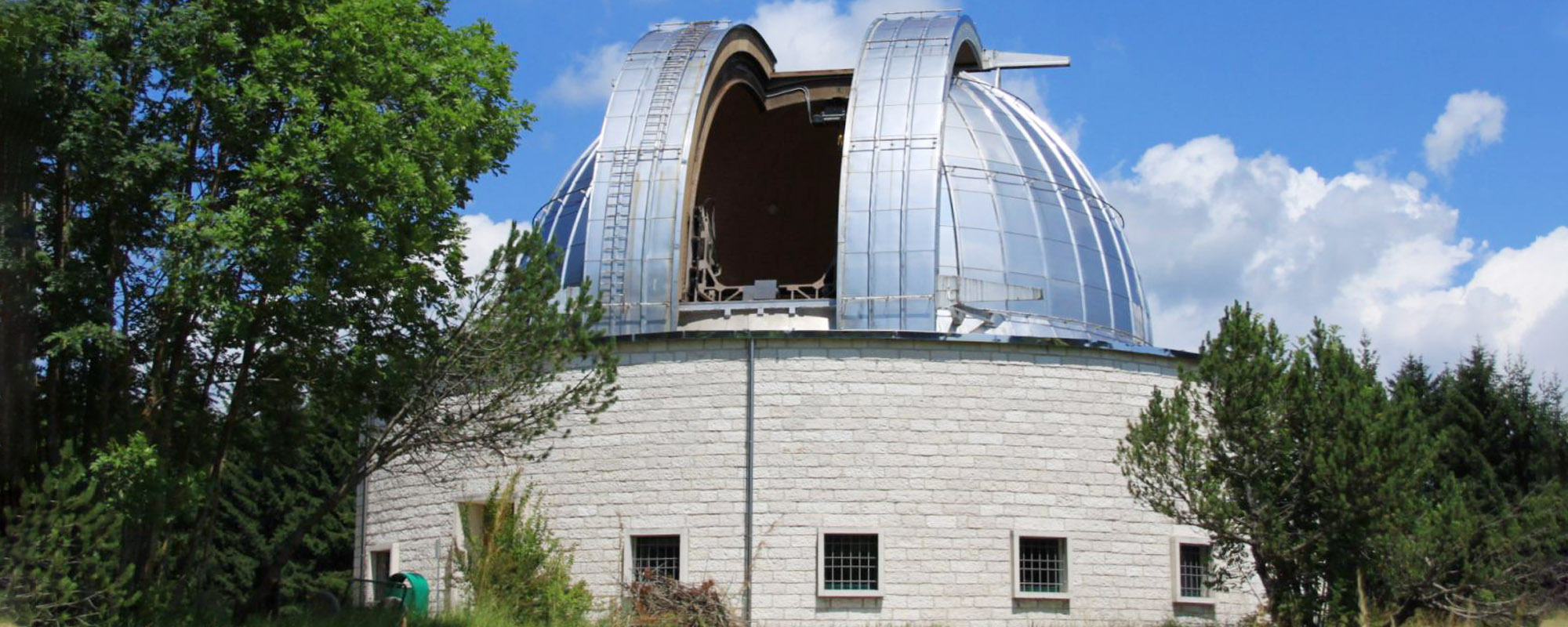
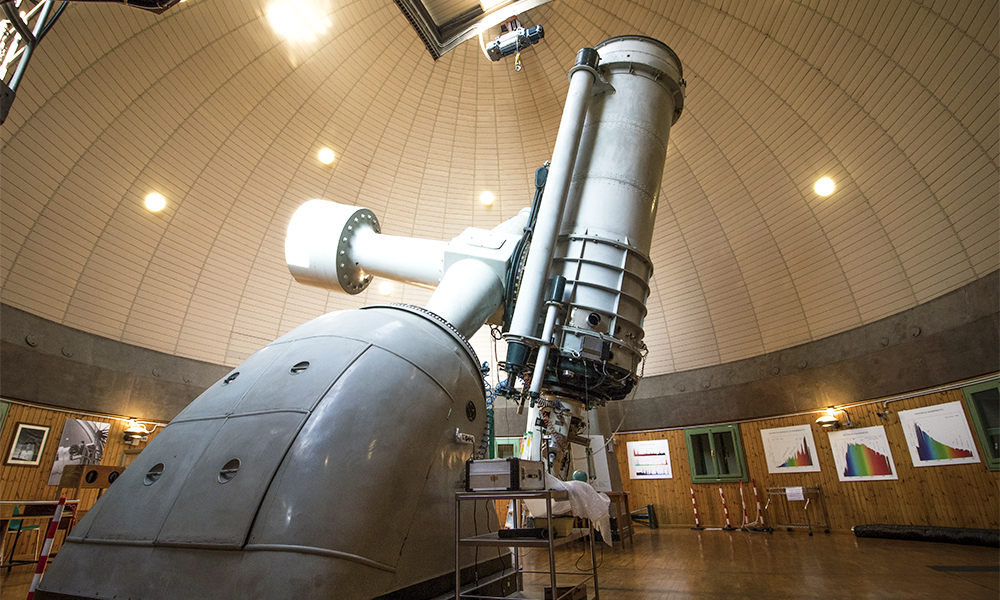
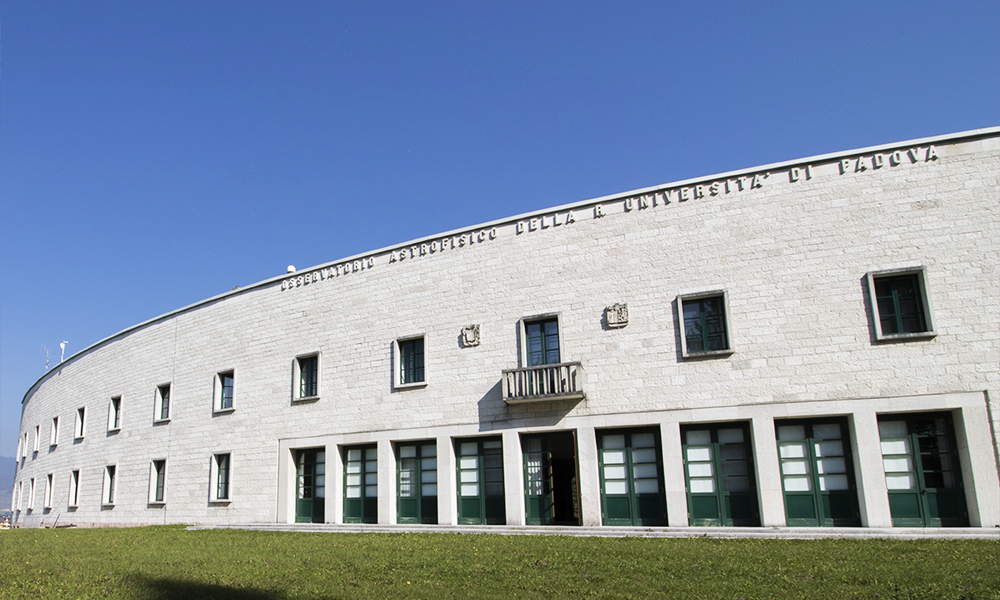
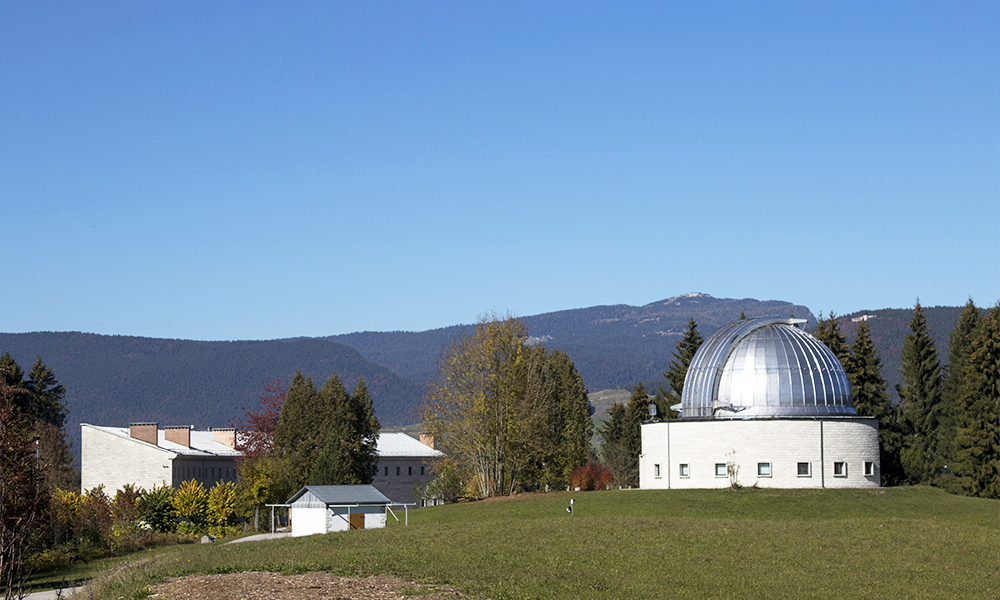
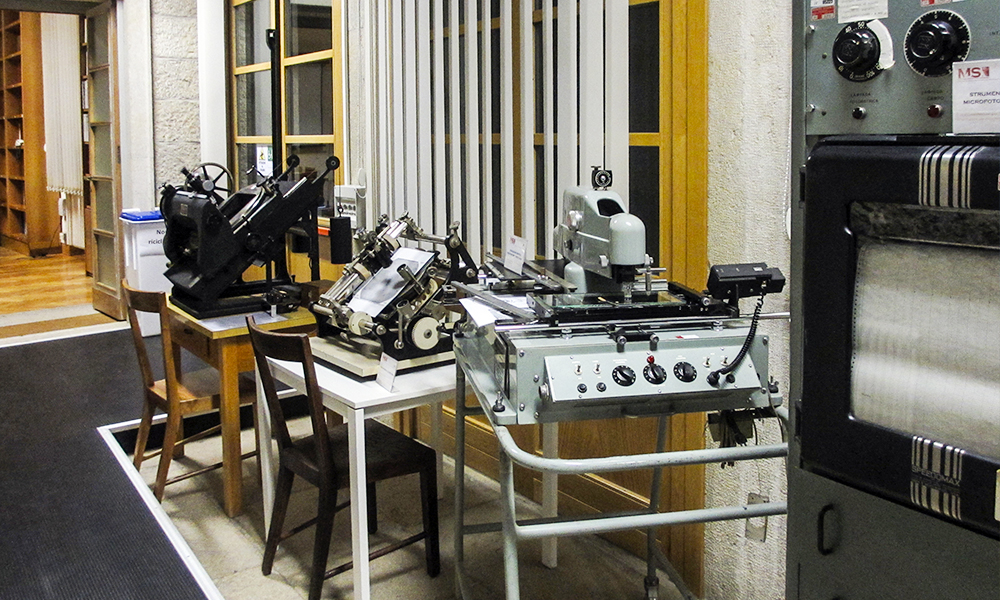
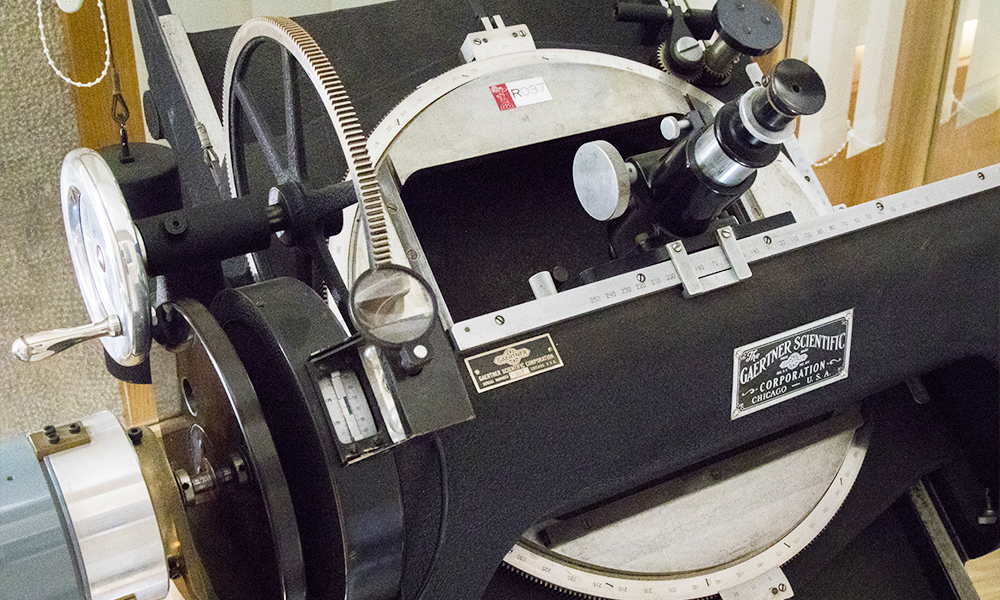
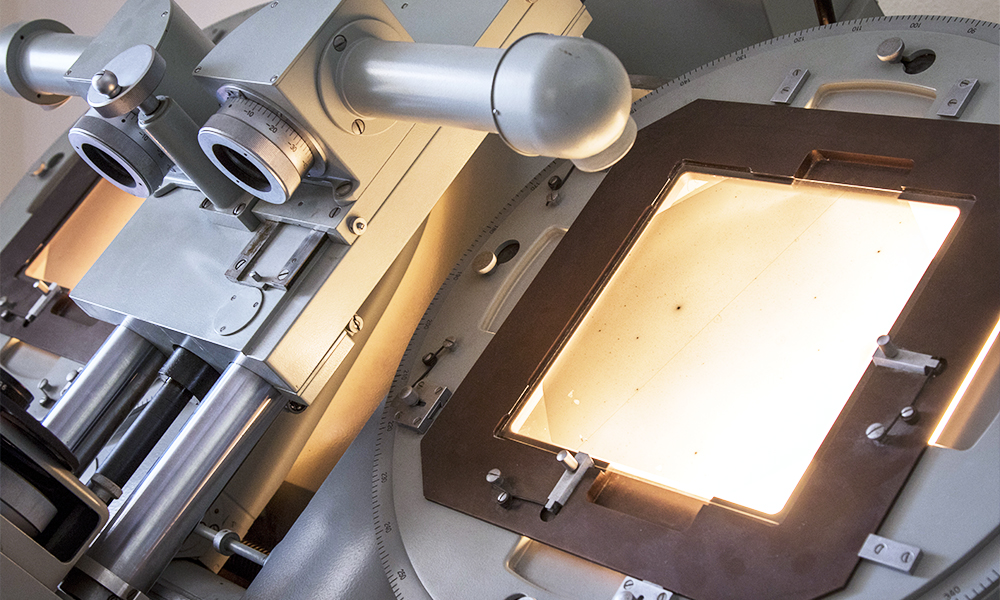
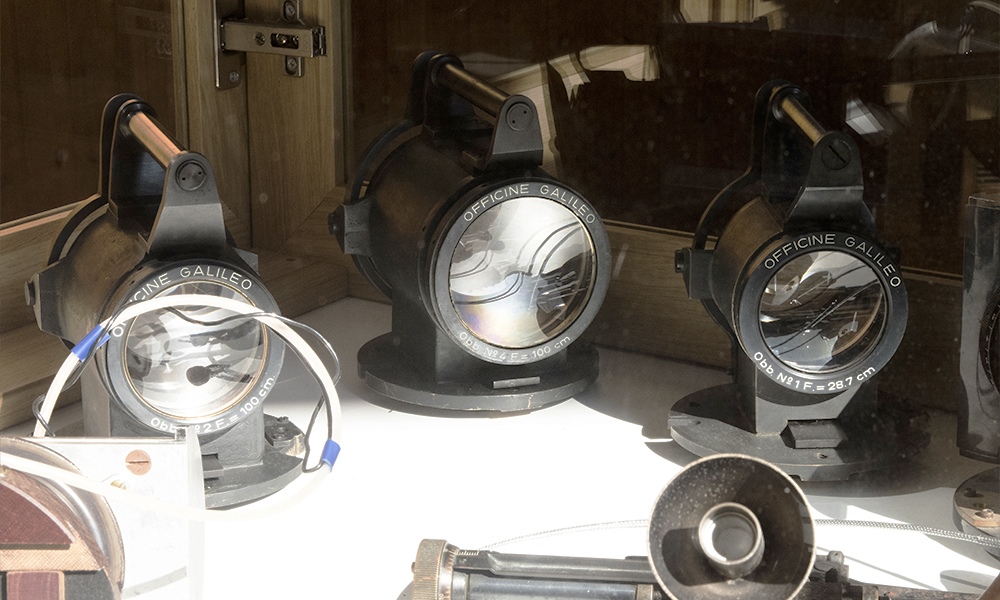
The University of Padua has a long and ancient tradition in the field of astronomy. As early as the 14th century, the chair of astrology teaching was entrusted to Pietro d’Abano, while it was from the 16th century that prominent figures such as Copernicus and Galileo studied or taught at the Athenaeum.
However, the first venue for astronomical studies was provided by Abbot Toaldo, who in the 18th century used the Carraresi castle to endow the city of Padua with its first Specola. For over two centuries, the Specola thus represented the place designated for the study of astronomy in Padua.
At the beginning of the 20th century, with the director of the Astronomical Observatory Antoniazzi, the need arose to find new spaces for the study of the stars. Light pollution and advances in astrophysical instrumentation led to the need to find a more suitable place, outside the city. With the two wars that followed and swept across Europe, the project for a new specola was shelved, but never abandoned. Pressure from Rector Anti and the hunger for competition during the fascist era soon led to a rethink of the project.
It was in 1942 that the new Astrophysical Observatory of the University of Padua was inaugurated in Asiago, and with it the largest telescope in Europe at the time: the ‘Galileo’ telescope. Director Giovanni Silva supported the choice of Asiago as the location for the observatory because there were interesting characteristics here, such as a stable atmosphere with calm winds and a transparent sky suitable for good telescope use. The study of astrophysics in Asiago and Padua has continually improved over the years, changing instruments with higher performance ones, choosing new places to make observations, extending studies and interactions to an international level, opening up new astronomical projects and adapting the work of the astronomer to the modern science we know today.
The Museum is currently closed for renovation.
It is possible to visit the Astronomical Observatory by appointment only.
Visits are by appointment only and for groups of a maximum 20 people; they must be arranged with the astronomer.
€ 10.00 adults
€ 5.00 children
€ 30.00 family package
E-mail:
visite.asiago.dfa@unipd.it
info@asiago.to
The visit to the museum is recommended for persons aged 16 years and over.
Sito web: www.musei.unipd.it/astronomia/
I.A.T. di Asiago:
Tel. 0424 46 22 21